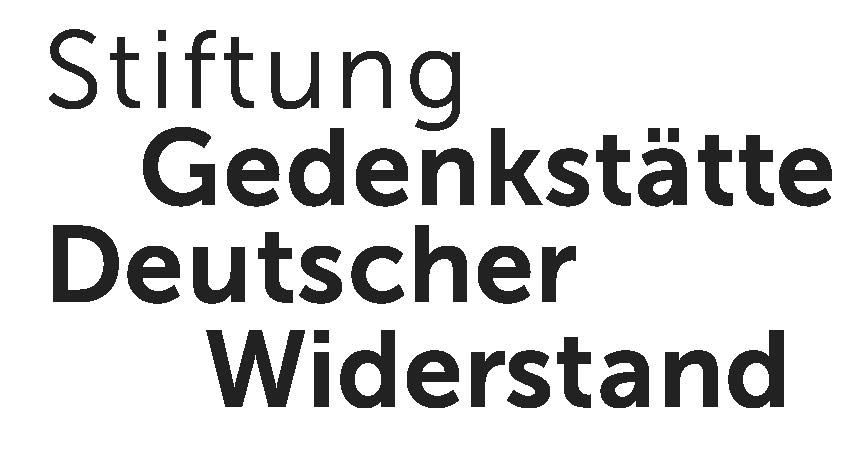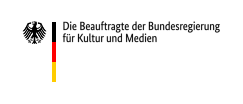
Charisma and fascism in interwar Europe / edited by António Costa Pinto, Roger Eatwell and Stein Ugelvik Larsen
Looks at the leaders of fascism and related movements in the inter-war era. This book shows how fascist leaders came to personify their movements and why the "Fuhreprinzip" was applied in all fascist organizations. It also explains how fascist leadership was of a very particular kind.
Enregistré dans:
| Autres auteurs: | Pinto, António Costa (Éditeur intellectuel) Eatwell, Roger (Éditeur intellectuel) Larsen, Stein Ugelvik (Éditeur intellectuel) |
|---|---|
| Format: | Livre |
| Langue: | English |
| Publié: | London ; New York : Routledge, Taylor & Francis Group, 2007 |
| Collection: | Totalitarian movements and political religions
|
| Sujets: | |
| Accès en ligne: | Inhaltsverzeichnis |
| Table des matières |
|---|
| PrefaceAntonio Costa PintoIntroduction: New Styles of Dictatorship and Leadership in inter-war EuropeRoger EatwellPart 1: Approaching CharismaChapter 1: The Concept and Theory of Charismatic LeadershipRoger EatwellChapter 2: Hitler, Charisma and Structure: Reflections on Historical MethodologyMichel DobryPart 2: The LeadersChapter 3: Mussolini as the Prototypical Charismatic DictatorEmilio GentileChapter 4: The Model of Charismatic Leadership and its Applicability to the Rule of Adolf HitlerM. Rainer LepsiusChapter 5: Franco, the Spanish Falange and the Institutionalization of MissionStanley G. PayneChapter 6: 'Chaos' and 'Order': Preto, Salazar and Charismatic Appeal in Interwar PortugalAntonio Costa PintoChapter 7: Charisma and Hybrid Legitimacy in Petain's Aetat francais (1940-44)Marc Olivier BaruchChapter 8: Ante Pavelic, Charisma and National Mission in Wartime CroatiaIvo GoldsteinChapter 9: Charisma from Below? the Quisling Case in NorwayStein LarsenChapter 10: Codreanu, Romanian National Traditions and CharismaStephen Fischer-GalatiConclusionAntonio Costa Pinto and Stein LarsenIndex |

